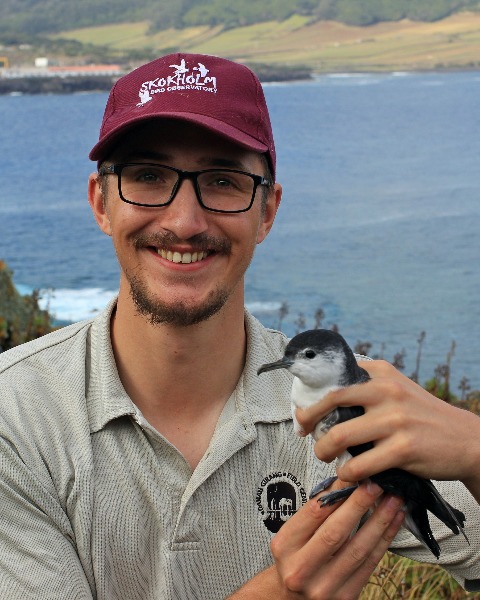Physiology, Biochemistry, and Toxicology
10-Minute Paper
Mild overwintering temperatures negatively impact survival of an antarctic insect

Jack J. Devlin
Research Assistant
University of Kentucky
Lexington, Kentucky- LU
Laura Unfried
University of Kentucky
Lexington, Kentucky .jpg)
Melise C. Lecheta
Postdoctoral Scholar
University of Kentucky
Lexington, Kentucky- EM
Ellie McCabe
University of Kentucky
Lexington, Kentucky 
Nicholas M. Teets
Associate Professor
University of Kentucky
Lexington, Kentucky
Presenting Author(s)
Co-Author(s)
Terrestrial invertebrates in Antarctica experience prolonged periods of sub-freezing conditions and have consequently evolved physiological and behavioural adaptations to survive Antarctica’s harsh winters. Much of Antarctica is experiencing rapidly increasing winter temperatures, which is likely detrimental for cold-adapted invertebrates. Potential consequences of winter warming include increased metabolism and disrupted seasonal acclimation, leading to energy drain and a reduced ability to mount effective cold responses. Here, we assessed the consequences of winter temperature variation in the Antarctic midge, Belgica antarctica, by subjecting winter acclimated larvae to three simulated overwintering scenarios: warm(mean temperature of -1 °C), normal (mean temperature of -3 °C) and cold (mean temperature of -5 °C), within three distinct substrate types for a period of 180 days. Following these simulated winter periods, we assessed survival, tissue viability, energy reserves and stress gene expression as proxies for fitness. We hypothesised that warm winters would be the costliest scenario from both a survival and energetic costs perspective, due to the increased metabolic demands associated with elevated temperatures. Together, our results indicate that larvae in warm winters had significantly lower survival and protein content compared to normal and cold winters. Also, the terrestrial algae, Prasiola crispa, despite being an important food source for B. antarctica, proved to be an unsuitable overwintering substrate, as few larvae survived simulated winters when kept in this habitat. Our results highlight that warmer winters are not always better and that increased winter temperatures will have negative consequences for this cold-adapted insect.

